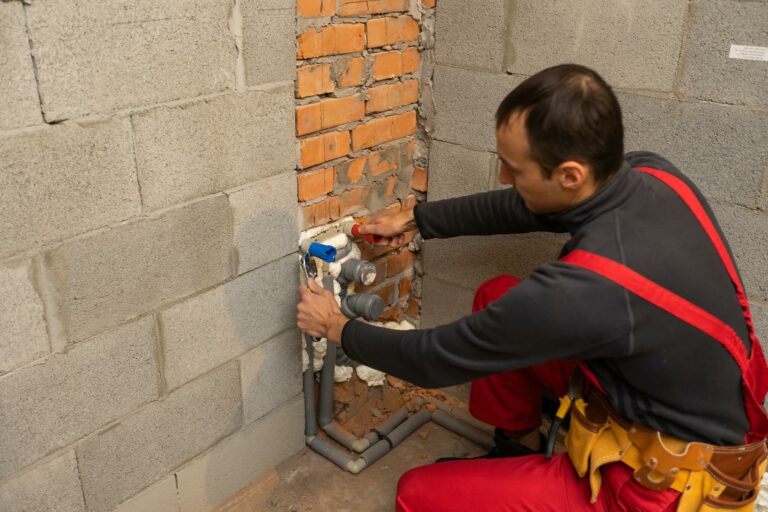The construction sector is facing a serious skills shortage that is compounded by the fact that the road to getting fully qualified is preventing many people from pursuing a trade career in the construction industry. This is especially true for practical people who enjoy hands-on work, a variety of projects and locations, and a future pathway to establishing their own business.
After completing their apprenticeship and receiving an NZQA qualification, for many tradespeople there is another step: becoming a “registered” or “certifying” tradesperson. This requires passing theory exams.
For example, in the plumbing, gasfitting and drainlaying trades, apprentices must pass six three-hour exams – two for each trade, totalling 18 hours. The current structure simply doesn’t prepare our apprentices for written theory exams.
We need to find a new way to set our tradies up for success so that their commitment to the industry is rewarded with full qualification and certification in a fast time frame.
What is the impact of not passing your regs (regulatory exams)?
There is a long-standing disconnect between completing an apprenticeship and passing the regulatory exams, with some trades currently experiencing pass rates as low as 50%. This is concerning, as over the last four years, the number of “unqualified” tradespeople has increased at up to three times the rate of licensed tradespeople in some trades.
If this trend continues, within the next five to seven years, more than 50% of people working in some trades will be unqualified. The current system is failing our young tradies, as the average tradesperson does not certify until age 55.
What is the regulatory response?
This trend has led some regulators to create new licence classes, which reduce the supervision requirements of people who have not passed their regs, and some are now looking to reduce those supervision requirements further.
The more the industry relies on unqualified workers, the more likely it is that substandard work will be done. This tier system makes unqualified people more useful to employers but doesn’t fix the shortage of qualified tradespeople.
How are we bridging the gap?
A small number of people provide training support for tradespeople seeking full qualification, but this has been mostly “in-person” training, which only helps those who live locally and can access the training provider. This leaves the majority of tradespeople around the country isolated and unable to progress.
How can we fully qualify more tradespeople?
If training providers made this support available online, it would be accessible to tradespeople in more rural areas of New Zealand. There would also be a more consistent learning environment for apprentices. Currently, the quality of classroom instruction can differ depending on geographic location, while the quality of on-the-job training depends on the experience and teaching ability of the tradesperson guiding you.
There is still an issue with computer literacy. For example, the rate of technology adoption in our building sector is one of the lowest. However, online education would ultimately mean more qualified tradespeople. This not only safeguards the future of many trades but also benefits the many industries they support. It would also reassure Kiwis that the tradie working on their job is fully qualified and more likely to produce a quality outcome.
Get your business noticed by creating an online directory listing. Listings are FREE and you can create as many as you need.
- Get found by locals



